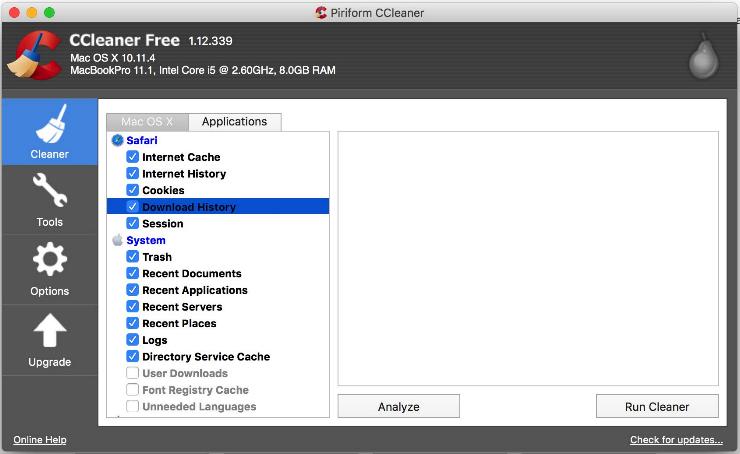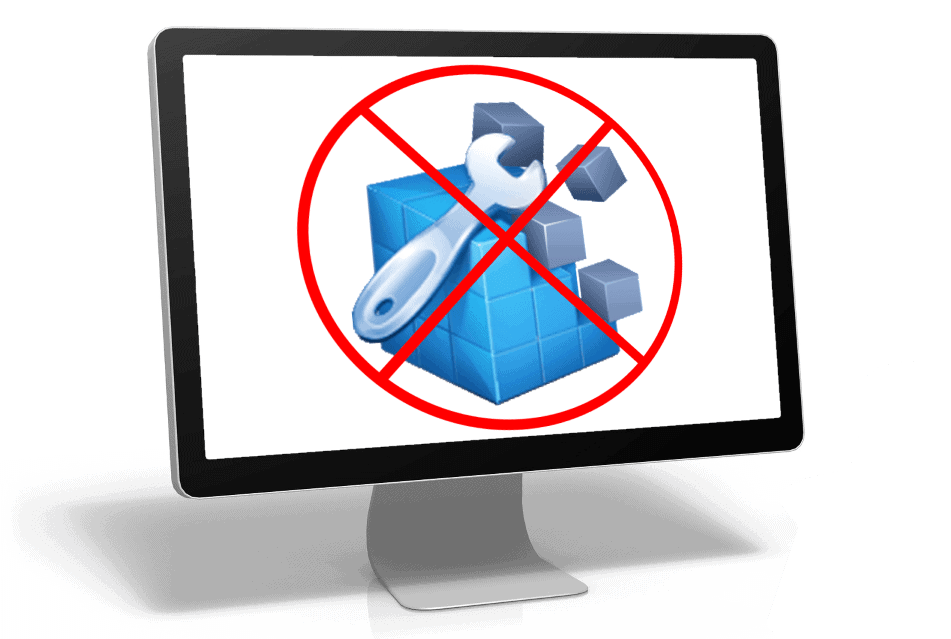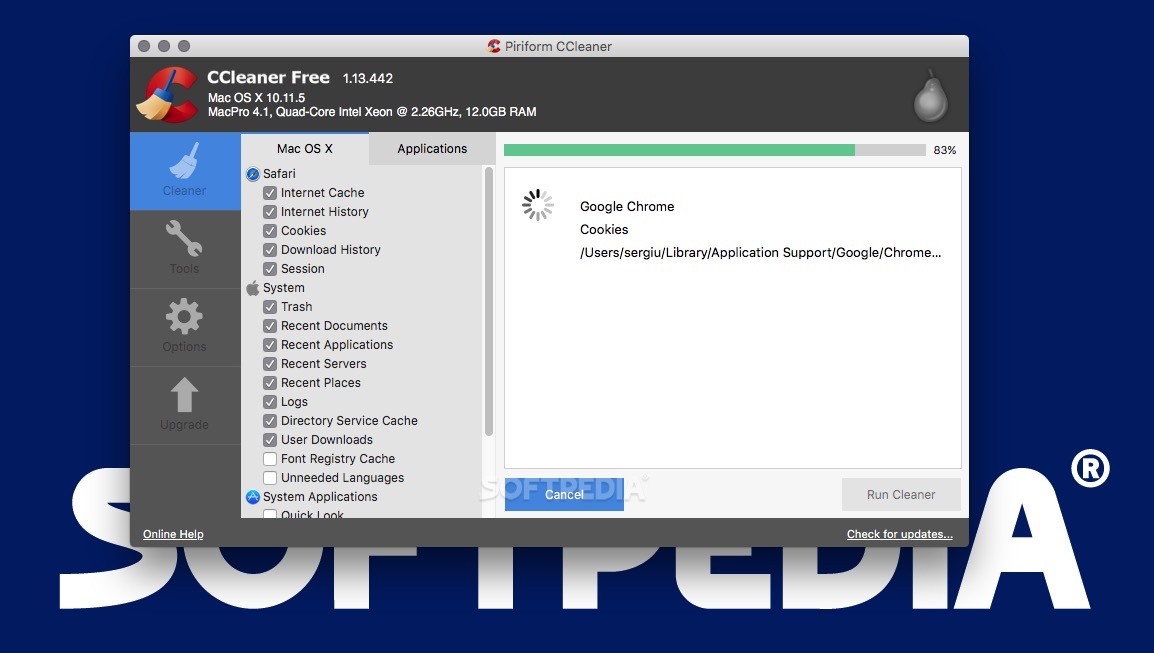Mac Cleaner Reviews

The Windows Registry is a set of files that contains settings for your Windows PC - such as what program to use to open HTML files, when your antivirus program should run, or what desktop background you use. You can read more about the Windows Registry at Wikipedia.
Free Computer Registry Cleaner
The registry cleaner you apply to OS X, MacProCleaner, is aimed at more than erasing the corrupted files. The main purpose is to bring the most elaborated cleaning and maintenance services. It becomes easy to free up space and boost Mac’s performance in less than a few seconds by single-clicking the desired option. Registry Cleaner The cleaning of outdated entries is the main function of a registry cleaner. It helps to remove residual files or folders after deleting an app, obtain more free space on Mac’s HD, and make computer’s work more efficient. Unlike Windows OS, Mac OS X has no registry or in-built cleaners for it.
Over time, the Registry can become cluttered with missing or broken items as you install, upgrade, and uninstall software and updates. CCleaner can help you clean out the Registry so you'll have fewer errors. The Registry will run faster, too.
Free Mac Registry Cleaner

Best Mac Registry Cleaner

To clean your Registry:
- In CCleaner, click the Registry icon at left.
- Optionally, select the items under Registry Clean you wish to scan (they are all checked by default). This is for advanced users - we recommend you leave all the items checked.
- Click Scan for Issues. You'll see a progress bar and a list of potential issues.
- Once the scan is finished, you can review the list of issues (this is really for advanced users). Or, to save the list to a text file, right-click anywhere inside the list, and then click Save to text file...
- If you want CCleaner to skip any of the issues it's found, right-click the issue, and then click Add to Exclude List. You can review the current set of excluded files, folders, and Registry entries in the Exclude section of the Options pane.
- Click Fix selected issues... to fix the Registry problems.
- You are prompted to backup the Registry first. We strongly recommend you click Yes.
- Choose a location where to save the Registry backup. The file name ends in .REG. Click Save.
- CCleaner displays the first Registry problem and a proposed solution. For example:
This dialog box shows an example of an issue found by CCleaner's Registry Cleaner. - Do one of the following:
Mac Registry Cleaner Free
- To fix all issues at once, click Fix All Selected Issues. We recommend this choice for most users. Click OK. Once all issues have been fixed, click Close.
- Review the issue and proposed solution. To fix this specific issue, click Fix Issue. CCleaner will then go to the next issue. To skip this issue and go to the next one, click the >> button. You will have to repeat this process for all of the issues CCleaner found.
- To stop making changes to the Registry, click Close. Note: If you do this by mistake, just click Fix Selected Issues... again.
Note: To scan one type of Registry entry in the Registry Integrity list, right-click it, and then click Scan [Registry Type].
Microsoft Registry Cleaner Windows 7
- The registry cleaner you apply to OS X, MacProCleaner, is aimed at more than erasing the corrupted files. The main purpose is to bring the most elaborated cleaning and maintenance services. It becomes easy to free up space and boost Mac’s performance in less than a.
- The short answer is no. The long answer is that Macs don’t have a registry since macOS is based on FreeBSD, an operating system that is very different from Windows OSs. Hence why most Mac cleaners focus on deleting cache files, unused programs, hoarded junk data, logs and many more. However, there are plenty of.
- Mac Cleaner Scan and delete junk files including cache data and logs, email attachments, unwanted iTunes backup and app localization. Delete large and old documents and selectively remove worthless files from Mac. Clean duplicated files or folders on Mac. Monitor Mac system in disk utilization, battery status, memory performance and CPU usage.

